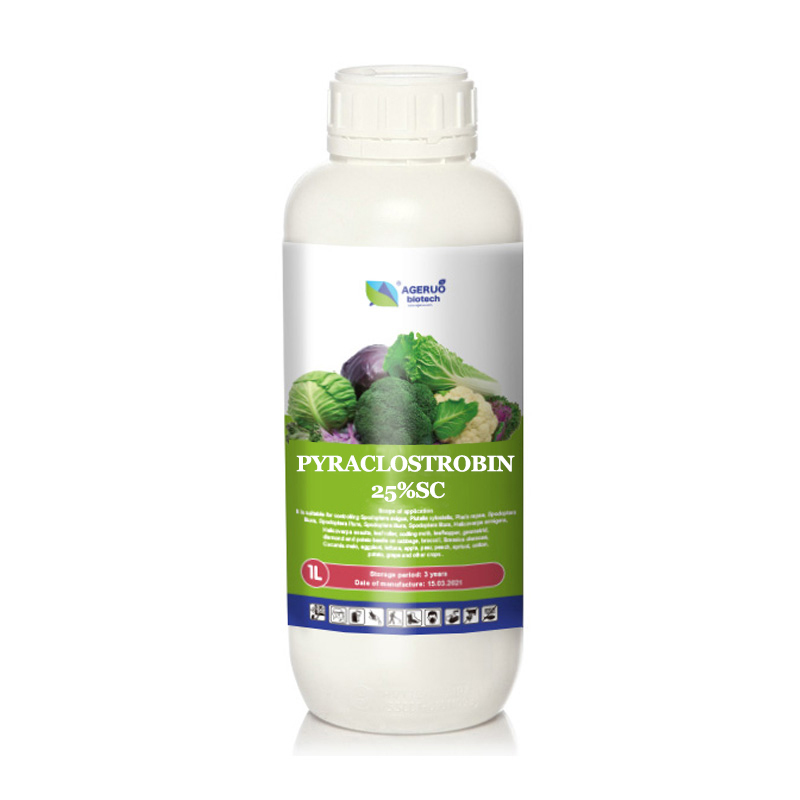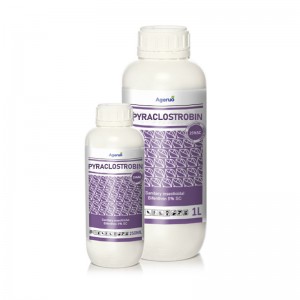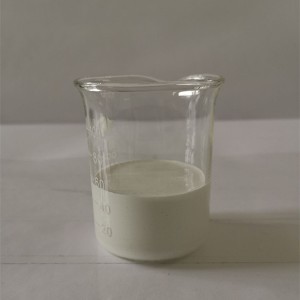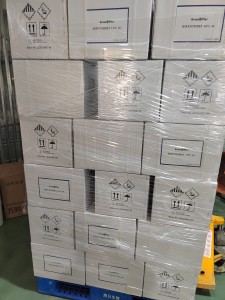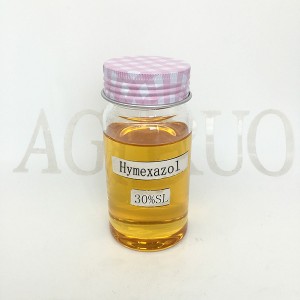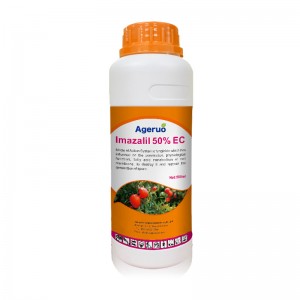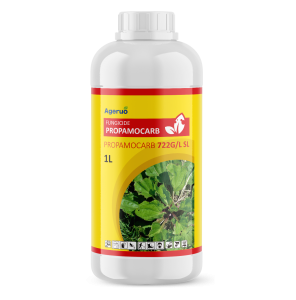Products
POMAIS Fungicide Pyraclostrobin 25%SC,20%SC,250g/l,98%TC,50%WDG
Introduction
POMAIS Pyraclostrobin fungicide is a highly effective QoI (quinone outside inhibitor) from the strobilurin family, designed to combat a wide range of fungal diseases across field crops, vegetables, fruits, and turf. Available in multiple formulations—25% SC, 20% SC, 50% WDG, 250 g/L SC, and 98% TC—our Pyraclostrobin offers both protective and curative action against pathogens such as Septoria, Puccinia, Phytophthora, and Alternaria, while also improving plant physiological performance like nitrogen uptake, water use efficiency, and stress resilience.
Trusted by professional growers and agrochemical distributors worldwide, POMAIS supports OEM branding, formulation customization, multilingual labeling, and technical registration services in diverse markets. Whether you operate in high-demand regulatory regions or cost-sensitive emerging economies, our factory-direct supply ensures consistent quality, competitive pricing, and on-time delivery.
Choose POMAIS as your reliable Pyraclostrobin manufacturer and supplier—where advanced formulation meets full-service agrochemical support.
| Active ingredients | Pyraclostrobin 25%SC |
| CAS Number | 175013-18-0 |
| Molecular Formula | C19H18ClN3O4 |
| Chemical Name | Methyl [2-[[[1-(4-chlorophenyl)-1H-pyrazol-3-yl]oxy]methyl]phenyl]methoxycarbamate |
| Classification | Herbicide |
| Brand Name | POMAIS |
| Shelf life | 2 Years |
| Purity | 50%Wp |
| State | Powder |
| Label | Customized |
| Formulations | 25%SC,20%SC,250g/l,98%TC,50%WDG |
Mode of Action
Pyraclostrobin is a systemic broad-spectrum fungicide classified under the QoI (Quinone outside Inhibitor) group. It exerts its action by disrupting mitochondrial respiration in fungal cells. Specifically, it inhibits electron transfer at the cytochrome bc1 complex (Complex III), leading to the blockage of ATP synthesis—the primary energy source for fungal metabolism.
This disruption results in a rapid halt of fungal development processes, including spore germination, mycelial growth, and sporulation. Unlike contact-only fungicides, Pyraclostrobin offers a comprehensive protective shield through multiple mechanisms:
-
Preventive Action: Inhibits fungal spore germination and prevents initial infection on plant surfaces.
-
Curative Action: Suppresses early-stage infections by stopping fungal growth shortly after penetration.
-
Translaminar Movement: Penetrates the leaf surface and redistributes within the leaf tissue to protect both sides of the foliage.
-
Residual Control: Adheres strongly to the leaf’s waxy layer, providing long-lasting efficacy even under rainfall conditions.
In addition to its antifungal activity, Pyraclostrobin is known for delivering plant health benefits such as improved nitrogen efficiency, delayed senescence, and enhanced stress tolerance under drought or heat conditions. This dual-role capability makes it a preferred choice in both high-value crop protection and integrated disease management programs.
Its distinct mode of action also supports resistance management strategies when used in alternation with fungicides from different classes.
Target Diseases & Application Spectrum
Pyraclostrobin fungicide offers exceptional control over a wide spectrum of fungal pathogens across various crop categories, making it a reliable solution for both preventive and curative applications. Its activity spans across ascomycetes, basidiomycetes, deuteromycetes, and oomycetes, positioning it as a core fungicide for integrated crop protection strategies.
Key Target Diseases
Pyraclostrobin demonstrates high efficacy against the following major crop diseases:
-
Wheat & Barley: Leaf blight (Septoria tritici, Septoria nodorum), rust (Puccinia spp.), tan spot (Drechslera tritici-repentis), net blotch (Pyrenophora teres), scald (Rhynchosporium secalis)
-
Soybeans & Peanuts: Brown spot (Septoria glycines, Mycosphaerella spp.), purple seed stain (Cercospora kikuchii), rust (Phakopsora pachyrhizi)
-
Grapes & Vegetables: Powdery mildew (Erysiphe necator), downy mildew (Plasmopara viticola), alternaria leaf blight, anthracnose
-
Tomatoes & Potatoes: Early blight (Alternaria solani), late blight (Phytophthora infestans)
-
Bananas & Citrus: Black leaf streak (Mycosphaerella fijiensis), scab (Guignardia citricarpa), Elsinoë scab, citrus greasy spot
-
Lawns & Turf: Brown patch (Rhizoctonia solani), Pythium blight (Pythium aphanidermatum)
-
Rice & Corn: Sheath blight, leaf spot, northern leaf blight

Application Spectrum by Crop Type
-
Cereals: Wheat, barley, rice, corn
-
Legumes: Soybeans, peanuts, beans
-
Fruit Trees: Apples, grapes, citrus, bananas, coffee, walnuts
-
Vegetables: Tomatoes, potatoes, cucumbers, cruciferous vegetables
-
Industrial Crops: Cotton, tobacco
-
Specialty Crops: Tea, ornamentals, lawns, turf
This broad disease spectrum ensures that Pyraclostrobin can serve as a single-solution fungicide across multiple farming systems—open-field, greenhouse, and high-input intensive crops.
Its reliability against early- and late-season diseases helps reduce the number of treatments needed and improves ROI for commercial growers.
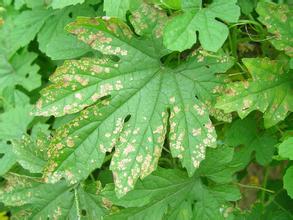
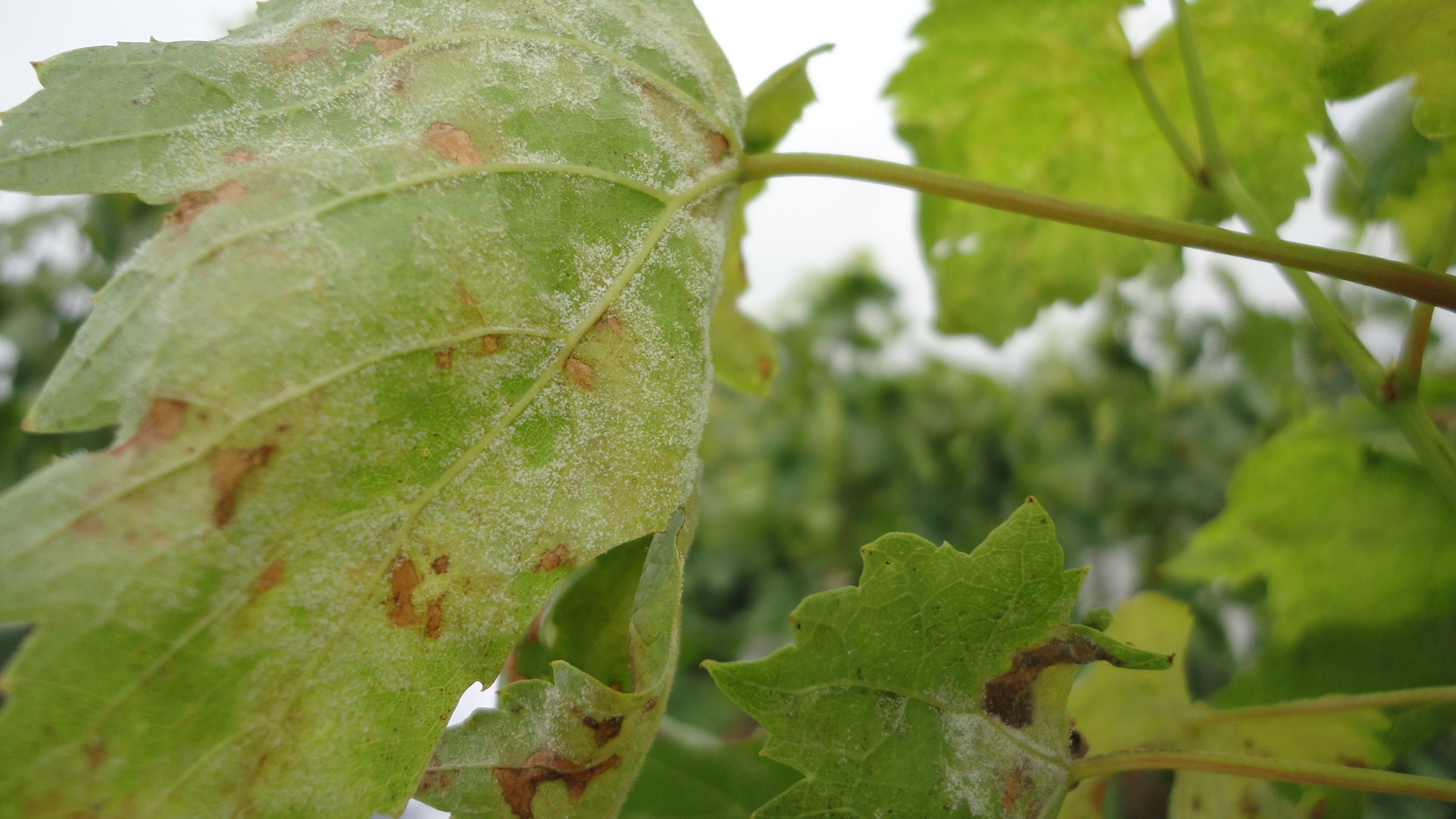
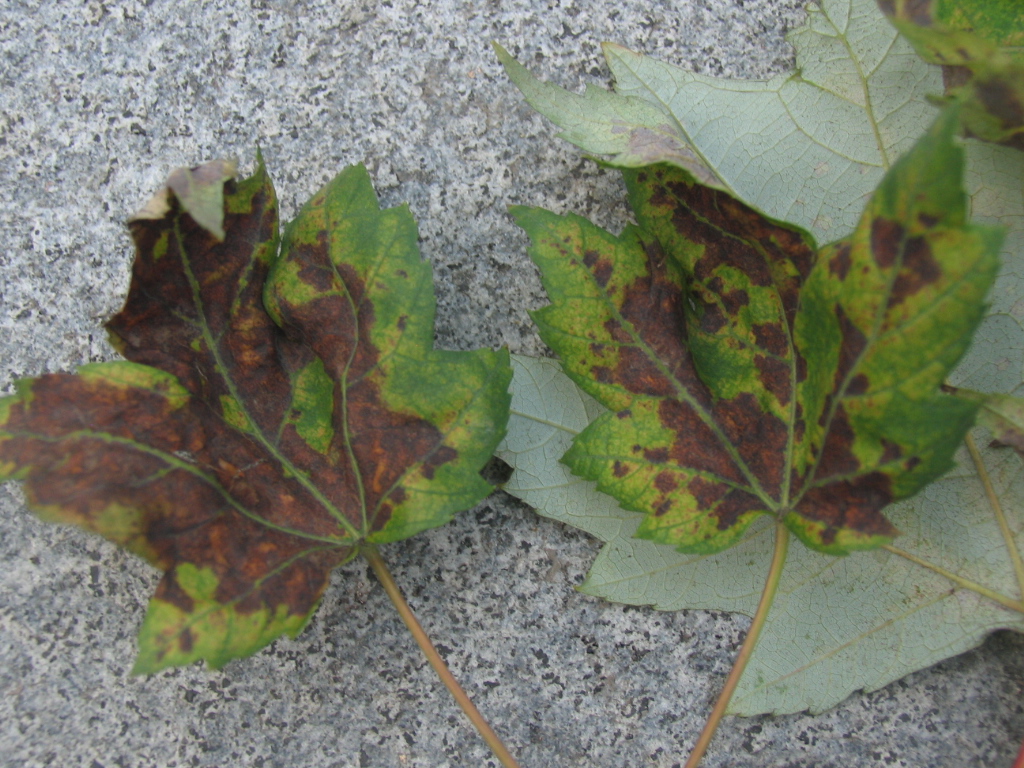
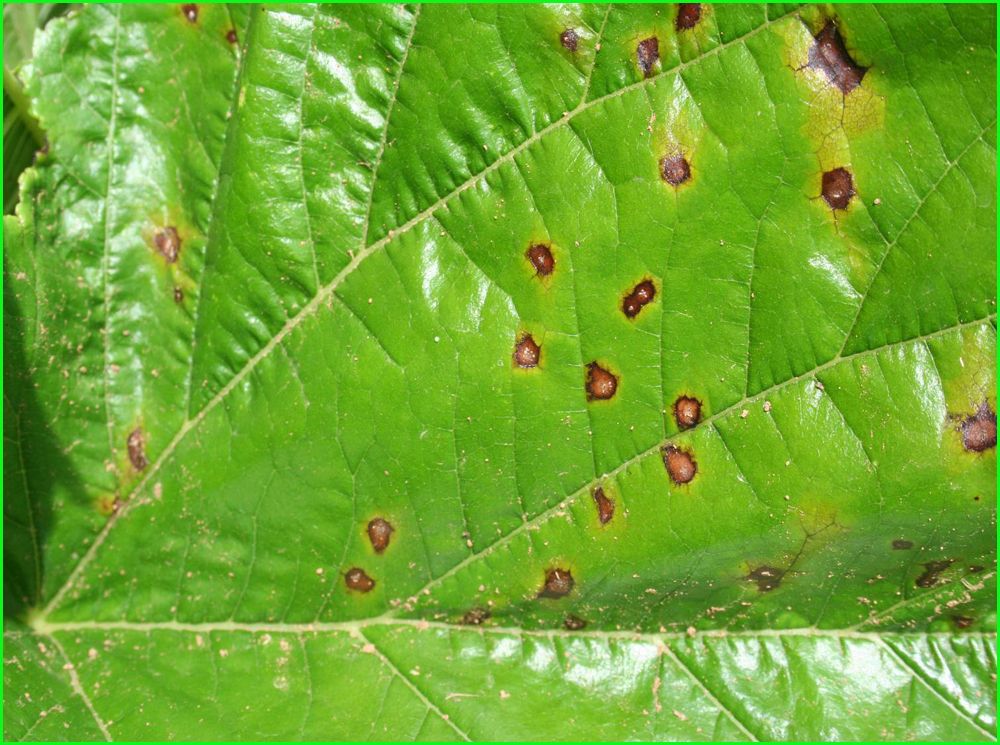
Application Methods & Recommended Dosage
Pyraclostrobin is formulated for foliar spray application and can be used both as a protective and curative fungicide. To achieve optimal results, apply the product during the early onset of disease or as part of a preventive schedule in high-risk crop systems.
General Application Guidelines
-
Method: Uniform foliar spray using standard ground or aerial equipment
-
Water Volume: 200–400 L/ha for field crops; 800–1000 L/ha for orchards and vineyards
-
Timing: Apply before or at the first sign of infection. Reapply every 10–14 days depending on disease pressure and crop cycle.
Recommended Dosage by Crop Type
| Crop | Target Disease | Pyraclostrobin Dosage | Application Timing |
|---|---|---|---|
| Wheat & Barley | Rusts, Leaf Blight, Net Blotch | 250–300 ml/ha (25% SC) | At flag leaf stage (GS 37–39) |
| Soybeans & Peanuts | Brown Spot, Rust | 300–350 ml/ha (25% SC) | Pre-flowering to early pod set |
| Grapes | Powdery & Downy Mildew | 300–400 ml/ha (25% SC) | Before flowering and during fruit set |
| Potatoes & Tomatoes | Early & Late Blight | 350–400 ml/ha (25% SC) | At first visible signs of symptoms |
| Bananas | Black Sigatoka, Leaf Spot | 500 ml/ha (25% SC) | At 21–28 day intervals during growth |
| Citrus | Elsinoë Scab, Greasy Spot | 400–500 ml/ha (25% SC) | During fruit expansion and coloring |
| Lawn & Turf | Brown Patch, Pythium Blight | 300–500 ml/ha (25% SC) | Apply preventively or at first signs |
| Corn & Rice | Leaf Spot, Sheath Blight | 250–300 ml/ha (25% SC) | At tillering or early booting stage |
Note: Always follow label instructions and adjust the rate based on local disease pressure, crop type, and climatic conditions. Use adjuvants where recommended for improved coverage and absorption.
Re-Entry & Pre-Harvest Intervals (PHI)
-
Re-entry interval (REI): Typically 12–24 hours after application
-
PHI: 7–14 days depending on the crop and formulation
Proper application of Pyraclostrobin ensures maximum fungicidal efficacy, minimizes resistance development, and supports healthy crop development through reduced disease stress.
Formulation Variants & Product Range
Pyraclostrobin is available in multiple high-performance formulations designed to meet the diverse needs of global agricultural markets. Whether your priority is rapid absorption, long residual control, ease of application, or compatibility with integrated disease management programs, our product range offers the right solution for every crop scenario.
Available Formulations
| Formulation Type | Concentration | Form Features | Key Applications |
|---|---|---|---|
| Suspension Concentrate (SC) | 25% SC / 20% SC / 250 g/L | Easy mixing, strong adhesion, excellent leaf retention | Row crops, fruit trees, vegetables |
| Water Dispersible Granules (WDG) | 50% WDG | Dust-free granules, stable during storage, user-friendly | Large-scale field applications, mechanical spraying |
| Technical Concentrate (TC) | 98% TC | For downstream formulation or OEM customization | Bulk buyers, local formulators, national brand developers |
Note: Each formulation undergoes rigorous quality testing to ensure active ingredient stability, dispersibility, and efficacy under varied climatic and crop conditions.
Custom Formulation Capablities
At POMAIS, we offer OEM/ODM services to tailor formulations based on your market’s regulatory requirements or end-user preferences:
-
Custom solvent systems (for SC or EC)
-
Specific dispersants and surfactants (for WDG)
-
Resistance management blends (e.g., mixing with azoles or other strobilurins)
-
Small or bulk packaging options from 100ml to 25L
Whether you are a distributor seeking your own branded formulation, or a large-scale grower with unique climatic conditions, we can provide the optimal product format to support your success in the field.
Tank Mix Compatibility & Resistance Management Strategy
Pyraclostrobin offers broad compatibility with a wide range of commonly used agricultural fungicides, insecticides, and foliar fertilizers, making it highly suitable for tank-mix applications in intensive crop protection programs. This flexibility enables farmers and agronomists to tailor disease control strategies based on local pressure, crop stage, and climate.
Tank Mix Compatibility
-
Compatible with: Triazole fungicides (e.g., Tebuconazole, Difenoconazole), insecticides (e.g., Lambda-cyhalothrin, Imidacloprid), and micronutrient blends.
-
Avoid mixing with: Highly alkaline substances or calcium-based foliar sprays, as these may reduce the stability or absorption efficiency of pyraclostrobin.
-
Best practices: Conduct a jar test before large-scale mixing. Always follow label directions and consult technical guidelines for region-specific recommendations.
By integrating Pyraclostrobin into multi-action tank mixes, users can maximize field efficiency, reduce operational costs, and broaden the spectrum of pest and disease control.
Resistance Management Strategy
As a QoI (Quinone outside Inhibitor) fungicide in the FRAC Group 11, Pyraclostrobin poses a moderate risk of resistance development when used as a standalone treatment over multiple cycles. To preserve its effectiveness and support sustainable agriculture, the following resistance management strategies are strongly recommended:
-
Alternate with fungicides of different FRAC groups, such as azoles (Group 3), SDHIs (Group 7), or multi-site protectants like mancozeb.
-
Limit consecutive applications of Pyraclostrobin to a maximum of 2 sprays per season on high-risk crops.
-
Use in combination with non-chemical disease control measures such as crop rotation, field sanitation, and resistant crop varieties.
By combining chemical compatibility with a robust resistance prevention approach, Pyraclostrobin supports Integrated Disease Management (IDM) programs and helps extend the life cycle of modern fungicidal technologies.
Environmental Impact & Safety Profile
Pyraclostrobin fungicide has been extensively evaluated for its environmental behavior, toxicological profile, and user safety. When used in accordance with recommended agricultural practices, it demonstrates low persistence in soil and minimal long-term ecological accumulation, making it suitable for modern sustainable farming systems.
Environmental Behavior
-
Soil interaction: Pyraclostrobin binds moderately to soil particles and undergoes microbial degradation, minimizing the risk of groundwater contamination under normal usage conditions.
-
Water risk: While spray drift or surface runoff may temporarily introduce residues into aquatic systems, proper application techniques and buffer zones significantly reduce the likelihood of water body pollution.
-
Non-target organisms: Pyraclostrobin has low toxicity to birds and mammals but is highly toxic to aquatic invertebrates and fish, requiring careful management near water bodies.
-
Photodegradation: In sunlight-exposed environments, the compound breaks down at a moderate rate, further reducing environmental loading.
Operator and Application Safety
-
Toxicological class: Pyraclostrobin is classified as moderately hazardous if misused. The concentrated formulation should be handled with proper personal protective equipment (PPE), including gloves, masks, and protective clothing.
-
Inhalation and ingestion risks: Avoid inhaling spray mist or ingesting the product. In case of accidental exposure, seek immediate medical attention.
-
Re-entry interval (REI): A minimum REI of 12–24 hours is recommended after spraying, depending on the crop and climatic conditions.
-
Pre-harvest interval (PHI): Varies by crop but generally ranges from 7 to 21 days to ensure food safety compliance and residue limits.
Environmental Stewardship Recommendations
-
Establish vegetative buffer zones near water bodies to limit runoff.
-
Avoid application during rainfall or when heavy rain is expected within 48 hours.
-
Do not clean equipment in natural water sources; use designated cleaning zones or safe disposal stations.
By adhering to these environmental and safety protocols, Pyraclostrobin can be confidently incorporated into both conventional and integrated disease management programs with minimal ecological disruption.
Packaging Options & OEM Services
At POMAIS, we understand that packaging is not only a container—it is a brand extension. That’s why we provide fully customizable packaging solutions for Pyraclostrobin 25% SC, 50% WDG, 98% TC, and other formulations, tailored to your distribution needs and regional market standards.
Standard Packaging Formats
We offer a wide variety of packaging volumes to accommodate both wholesale distributors and retail channel partners:
-
Liquid Formulations (SC):
-
100 mL / 250 mL / 500 mL / 1 L HDPE bottles
-
5 L / 10 L / 20 L drums for bulk trade
-
-
Water Dispersible Granules (WDG):
-
100 g / 250 g / 500 g / 1 kg aluminum foil bags or composite pouches
-
-
Technical Grade (TC):
-
25 kg fiber drums or customized HDPE barrels
-
-
All packaging complies with UN transportation standards and is resistant to chemical corrosion, leakage, and environmental degradation.
OEM & Private Labeling Services
We support full-spectrum OEM and ODM pesticide manufacturing, enabling you to build your own fungicide brand with confidence:
-
Private label customization: Artwork, logo, label language, and regulatory content fully customized to your local market.
-
Multilingual packaging: Available in English, Spanish, French, Arabic, Russian, and other languages to suit your target region.
-
Anti-counterfeit security: QR code traceability, holographic labels, and batch tracking for authenticity protection.
-
Small-batch trial production: Ideal for new product launches or regulatory testing in your country.
-
Full compliance support: Labels designed in alignment with FAO/WHO, GHS, and your national agrochemical regulations.
Logistics & Delivery
-
Fast dispatch through sea, rail, or air freight, with flexible container loading plans for mixed product shipments.
-
Professional export documentation: COA, MSDS, TDS, ISO certificates, and country-specific regulatory dossiers can be provided on request.
Field Applications & Global Market Suitability
Pyraclostrobin fungicide is a globally trusted strobilurin compound with broad-spectrum activity and multi-crop versatility, making it suitable for diverse agricultural systems across continents. At POMAIS, we formulate and adapt our Pyraclostrobin 25% SC, 50% WDG, and other variants to suit regional farming conditions, regulatory needs, and grower preferences.
Widely Used Across Key Crop Systems
Pyraclostrobin is used in both industrial-scale farming and specialty crop cultivation, proving effective under diverse climatic and soil conditions:
-
Cereal Crops: Wheat, barley, rice, and corn fields benefit from its control of leaf rust, powdery mildew, and septoria.
-
Legumes: Soybeans and peanuts respond well to foliar sprays during vegetative and reproductive stages, improving disease protection and yield.
-
Fruits & Vegetables: Grapes, citrus, bananas, tomatoes, and potatoes are protected against downy mildew, blight, and anthracnose.
-
Turf and Ornamentals: Widely used by landscape managers for lawns, golf courses, and ornamental nurseries to control Rhizoctonia, Pythium, and foliar pathogens.
-
Seed Treatment: Pyraclostrobin TC is used in custom seed coating applications for early-stage protection and improved seedling vigor.
Regional Market Suitability
Our pyraclostrobin products are tailored to meet regulatory and agronomic requirements in different regions:
-
South America (e.g., Brazil, Argentina): Registered for use on soybeans, corn, and cotton; strong demand due to persistent fungal pressure and crop export economy.
-
Europe (e.g., France, Germany, Ukraine): Used in cereals and oilseeds; formulations optimized for cool-weather disease management and resistance strategies.
-
Africa & the Middle East: Increasing demand in horticulture and citrus production; POMAIS offers packaging and labeling suited for arid environments and mixed cropping systems.
-
Asia-Pacific (e.g., China, India, Vietnam): Applied in rice, vegetable, and plantation crops under high humidity and disease pressure.
-
North America: Compliant with EPA standards; used in both conventional and integrated pest management (IPM) programs.
Performance in Varied Climates
Whether you operate in humid tropics, temperate zones, or arid plains, our pyraclostrobin fungicides maintain strong residual activity, rainfastness, and curative performance, helping farmers extend crop protection intervals and optimize spray schedules.
FAQ
Q1: What crops can Pyraclostrobin fungicide be used on?
A: Pyraclostrobin is suitable for a wide range of crops including cereals (wheat, barley, rice, corn), legumes (soybeans, peanuts), fruits (grapes, citrus, bananas), vegetables (tomatoes, potatoes, cucumbers), turfgrass, and ornamental plants.
Q2: Is Pyraclostrobin effective as both a preventive and curative fungicide?
A: Yes, Pyraclostrobin offers protective, curative, and eradicative properties. Its translaminar activity and residual effect make it effective against early-stage infections and as a preventive measure.
Q3: Can Pyraclostrobin be used in an Integrated Pest Management (IPM) program?
A: Absolutely. Pyraclostrobin fits well within IPM strategies due to its dual-site action, rainfastness, and minimal impact on beneficial organisms when used correctly.
Q4: What types of fungal diseases does Pyraclostrobin control?
A: It effectively controls a broad spectrum of diseases, such as powdery mildew, leaf blight, rusts, downy mildew, early and late blight, scab, brown spots, and more caused by ascomycetes, basidiomycetes, deuteromycetes, and oomycetes.
Q5: Can Pyraclostrobin be tank-mixed with other pesticides?
A: Yes, Pyraclostrobin has good tank mix compatibility with many other fungicides and insecticides. However, it should not be mixed with alkaline products. Always perform a small-scale compatibility test before large-scale mixing.
Q6: How long does the protective effect of Pyraclostrobin last after application?
A: Under normal conditions, Pyraclostrobin offers residual protection for 10–14 days, depending on weather conditions, crop canopy, and disease pressure.
Q7: Is Pyraclostrobin safe for the environment and beneficial insects?
A: Pyraclostrobin demonstrates low toxicity to non-target organisms when applied according to label instructions. It is important to follow environmental precautions to prevent runoff into water bodies.
Q8: Does POMAIS support product registration in my country?
A: Yes, we provide full documentation support including MSDS, COA, TDS, and sample data for pesticide registration in accordance with your local regulatory authority requirements.
Q9: What packaging options are available for Pyraclostrobin?
A: We offer 100ml, 250ml, 500ml, 1L, and bulk packaging. Customized OEM labels, bottles, and carton printing are available to match your brand requirements.
Q10: How can I request samples or get a quotation?
A: You may contact our sales team directly via inquiry form or email. Free samples under 100g are available, and detailed quotations will be provided based on your formulation, quantity, and packaging requirements.
Why Choose POMAIS as Your Pyraclostrobin Supplier
POMAIS stands as a trusted partner for global agrochemical importers, offering professional-grade Pyraclostrobin formulations backed by consistent quality, regulatory expertise, and customized service. Here’s why global distributors and agri-businesses choose to work with us:
1. Comprehensive Product Portfolio
We offer Pyraclostrobin in a wide variety of formulations, including 25% SC, 20% SC, 250g/L EC, 98% TC, and 50% WDG, to meet the needs of different markets and application practices. Whether you need bulk technical material or finished branded products, we deliver with precision.
2. Reliable Manufacturing & Quality Control
Our manufacturing facilities are ISO-certified and equipped with advanced automated systems. Each batch undergoes strict quality inspection including HPLC and GC analysis to ensure stability, purity, and compliance with international standards.
3. Regulatory & Documentation Support
We understand the importance of pesticide registration in each target market. That’s why we provide full regulatory documentation including COA, MSDS, TDS, label designs, efficacy data, and dossier assistance for ICAMA or local authority approvals.
4. OEM/ODM Capabilities
With our robust OEM/ODM service, you can launch or expand your own brand with custom label design, bottle selection, packaging design, and marketing support. We help you build product identity that stands out on the shelf.
5. Global Export Expertise
We have successfully exported to over 40 countries including markets in South America, Africa, the Middle East, Southeast Asia, and Eastern Europe. Our logistics team ensures safe, on-time delivery with flexible shipping arrangements (EXW, FOB, CIF, DDP).
6. Technical Support & After-Sales Service
Our agronomy team provides technical consultation, including recommended dosage, application timing, and resistance management strategies. We also offer after-sales service to support your market development and product positioning.
7. Sustainable & Responsible Supplier
POMAIS is committed to sustainable agriculture. Our Pyraclostrobin formulations are optimized for low environmental impact, effective resistance management, and compatibility with IPM programs, aligning with international sustainability goals.
Partner with POMAIS Today
Unlock the full potential of your crop protection portfolio with POMAIS Pyraclostrobin solutions. Whether you're looking for high-purity technical material, ready-to-sell branded formulations, or private label OEM production, we deliver precision, performance, and partnership.
As a professional agrochemical manufacturer and global exporter, POMAIS empowers distributors, importers, and agri-retailers with:
-
Customizable packaging and labeling options
-
Full documentation support for registration and compliance
-
Stable supply chain and flexible logistics service
-
Competitive pricing with uncompromised quality
Take the next step in strengthening your fungicide lineup. Reach out to our team today to request a quotation, discuss custom packaging, or receive free samples for evaluation.
Let’s build a long-term partnership based on trust, performance, and shared market success.
POMAIS – Your Professional Pyraclostrobin Supplier.

